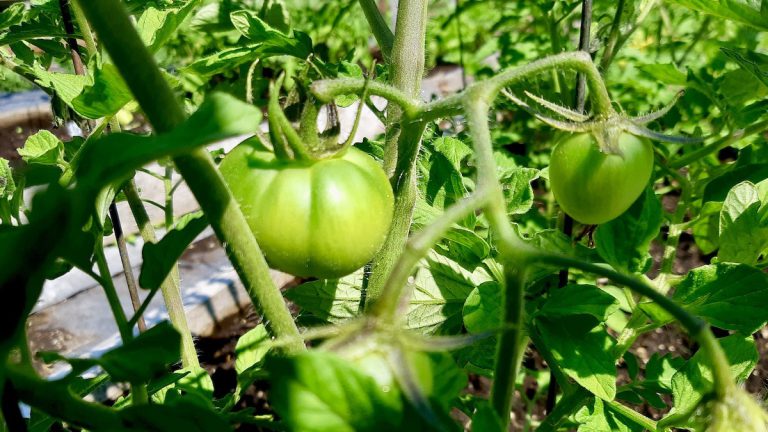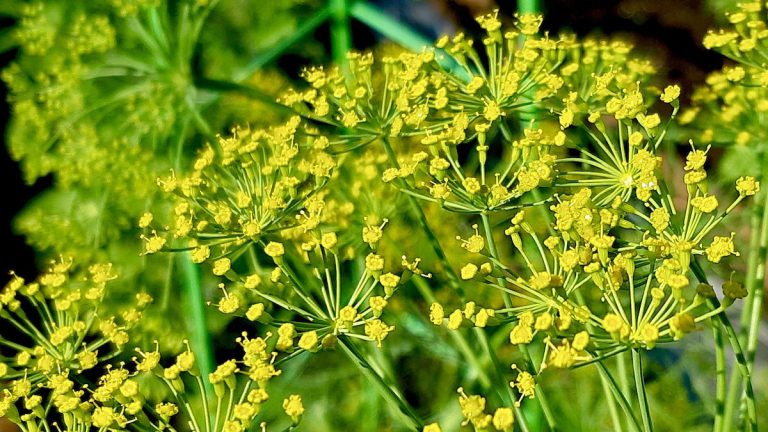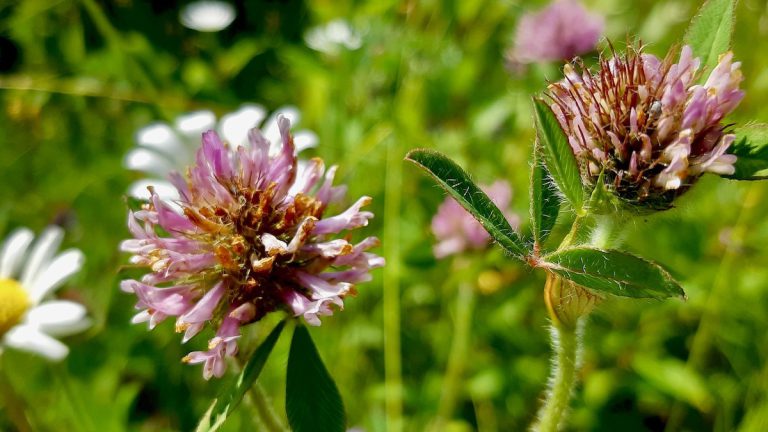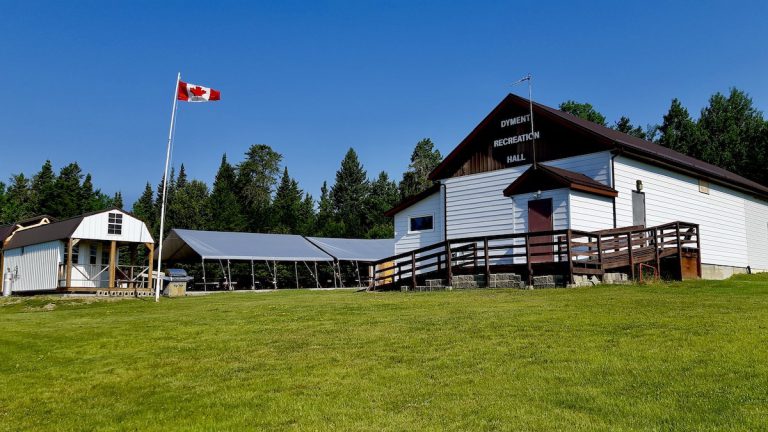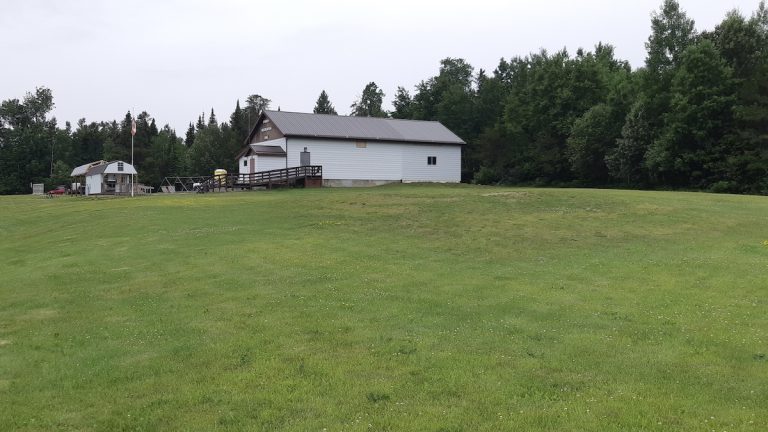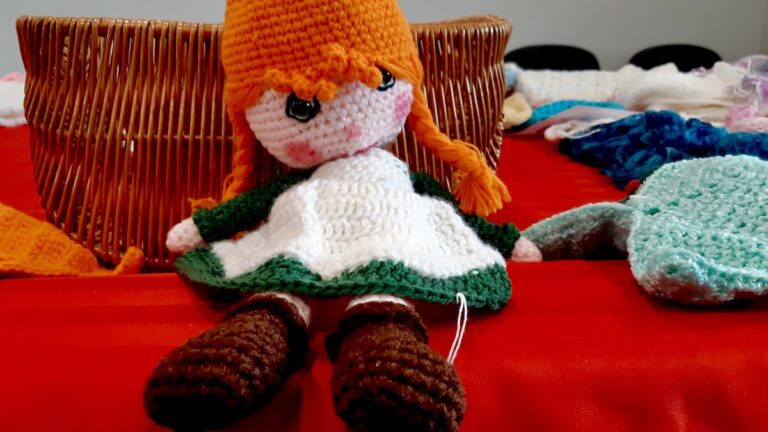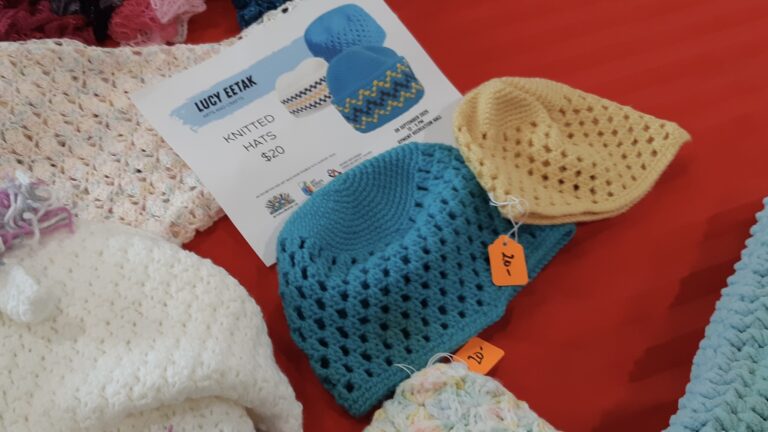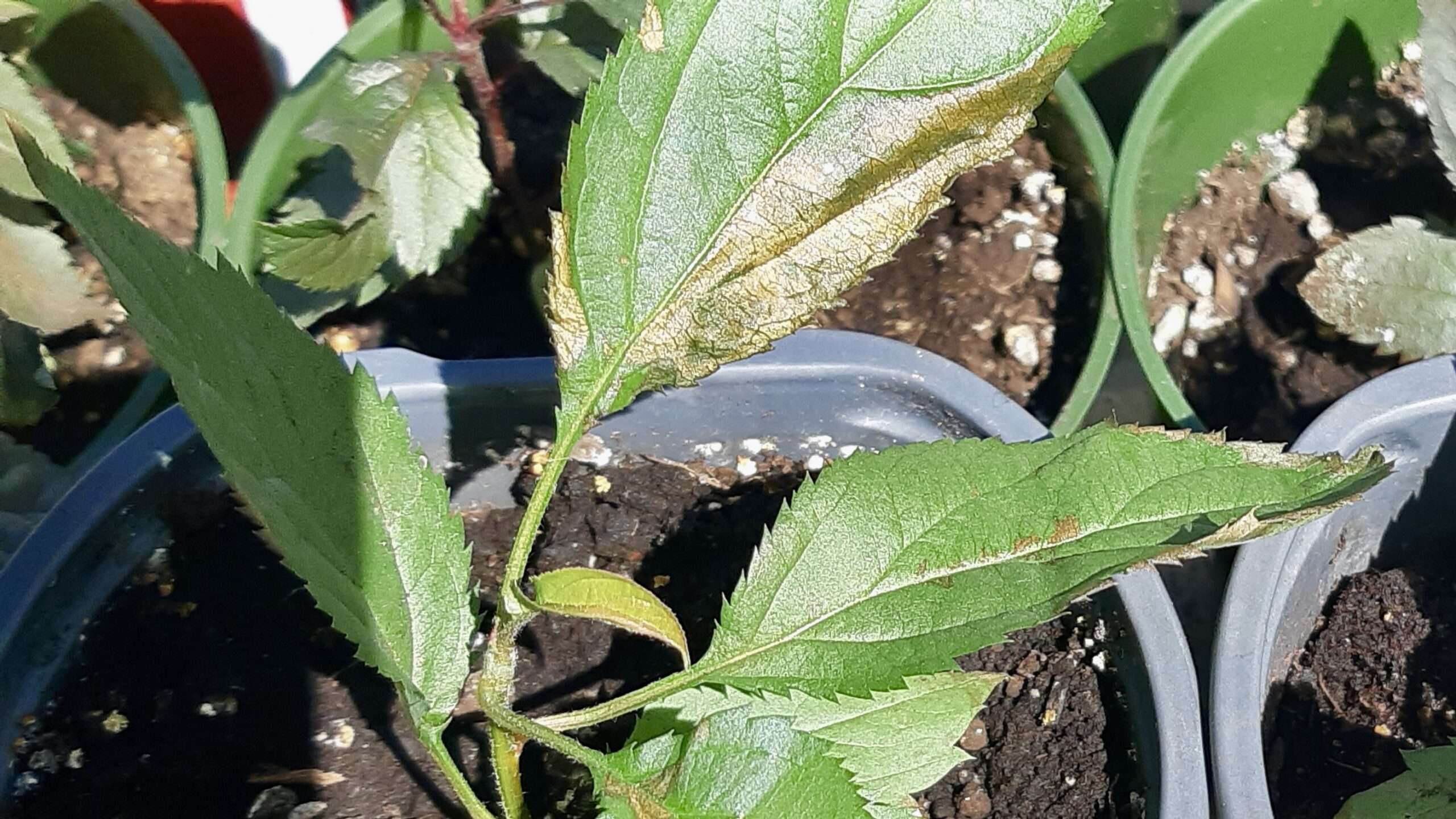
Year two of our arts incubator land lab's food security program is in full swing! We've grown dozens of beautiful apple pippins from seed since February, excited to expand our sustainable agriculture project. But moving them outdoors brought an unexpected challenge: environmental shock! Seeing those dried, stressed leaves was a learning moment. We're now focused on helping them recover through careful "hardening off" – gradually reintroducing them to the outdoor environment. This means starting in a sheltered spot, slowly increasing their exposure to sun and wind, and ensuring consistent, proper watering.
Sustainable Agriculture: Learning from Environmental Shock
Welcome back to the second year of our arts incubator land lab’s food security and sustainable agriculture program! This season is all about expanding our edible landscape, and we’re thrilled to be adding dozens of new apple trees, grown from seed right here since February. After nurturing these little pippins indoors, we recently moved them outside to join the six pilot trees from last year. However, as learners in sustainable farming, we encountered an unexpected challenge: environmental shock.
We quickly noticed dried and dying leaves on many of our young apple seedlings – a clear sign of stress from the drastic change in conditions between our controlled indoor environment and the fluctuating outdoors. This experience highlighted the critical importance of proper care during this transition phase for young apple trees. Learning from this, we’re implementing key strategies to help our pippins recover and thrive.
Understanding and Addressing Environmental Shock
Environmental shock, also known as transplant shock, happens when plants accustomed to stable indoor conditions face the intensity of outdoor elements: direct sun, wind, and temperature swings. For our young apple trees, this shock manifested as leaf damage.
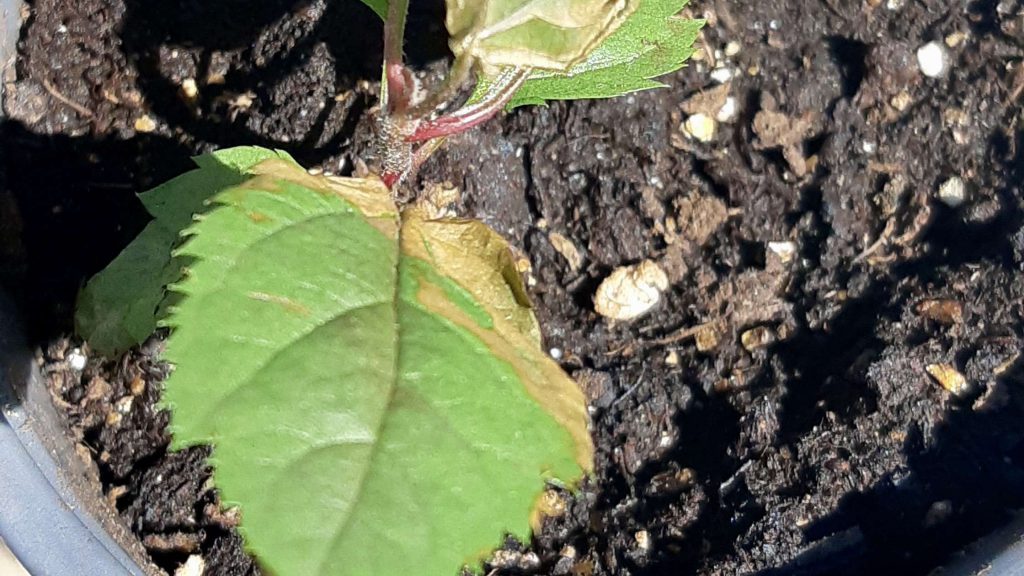
Hardening Off: The Essential Transition Step
Preventing shock is best achieved through “hardening off,” a gradual acclimatization process. Since our pippins are already stressed, our focus is on recovery and careful re-acclimation.
- Shelter & Recovery: Move stressed plants to a sheltered spot, away from direct harsh sun and wind. If shock is severe, a temporary return to a more controlled environment might be necessary.
- Gradual Exposure: Reintroduce outdoors conditions slowly. Start with just a few hours daily in a protected location.
- Increase Time & Intensity: Over 7-10 days, incrementally increase outdoor time and exposure to more sunlight and wind.
- Observe Closely: Monitor leaves for signs of stress. If symptoms worsen, reduce exposure and slow the process. This careful handling is vital for young apple tree care.
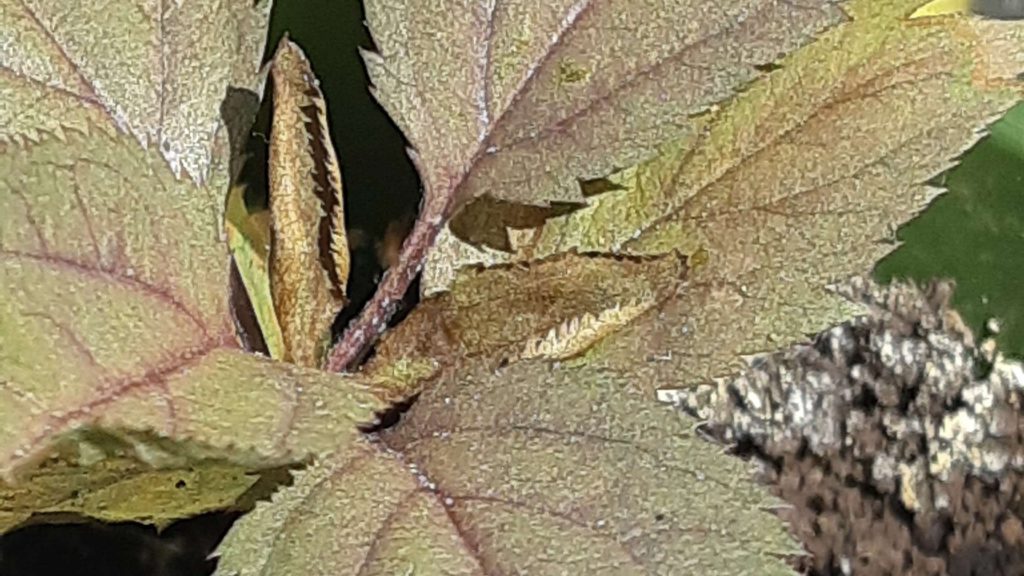
Vital Care for Young Apple Trees
Beyond hardening off, consistent basic care is paramount for recovering and growing healthy apple pippins for our food security initiative.
- Watering: Maintain consistently moist, but not waterlogged, soil. Water thoroughly when the top inch feels dry. Avoid letting young apple seedlings dry out, as this worsens stress. Always water the soil base, not the leaves, to prevent disease. Good drainage is key for apple trees; they dislike standing water.
- Sunlight: Apple trees ultimately need full sun (6+ hours daily). Introduce them gradually to intense sun to avoid leaf burn, especially after indoor growth. Morning sun is less harsh initially.
- Soil & Nutrients: Use well-draining soil. Amend planting beds with compost for structure and drainage. Young trees often have sufficient nutrients from potting mix initially. For long-term growth in their final spot, a light application of a balanced, slow-release fruit tree fertilizer, following instructions, can help establish them in the northern climate soils of Northwestern Ontario/Manitoba.
- Pest & Disease Monitoring: Regularly inspect leaves for pests (aphids, mites) or diseases (mildew). Early detection allows for timely, often organic, intervention, crucial for sustainable agriculture practices. Healthy young trees are naturally more resistant.
- Weather Protection: Shield delicate pippins from strong winds with temporary barriers. Be prepared to protect them from unexpected cold snaps, especially in spring or fall in our region.
By diligently applying these young apple tree care tips, particularly focusing on careful acclimatization after moving outdoors, we are helping our pippins overcome environmental shock and lay the foundation for a productive mini-orchard within our land lab, strengthening our food security goals and sustainable agriculture education.

